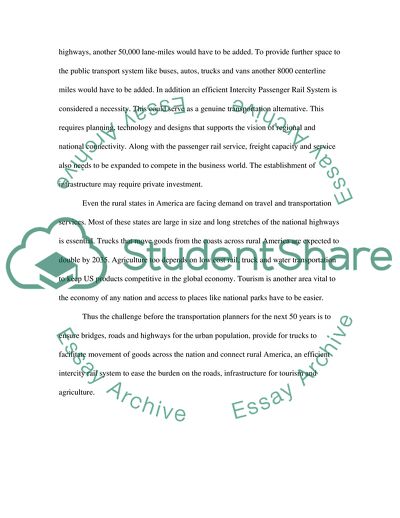Cite this document
(Efficient Transport for the Global Economy Essay, n.d.)
Efficient Transport for the Global Economy Essay. https://studentshare.org/technology/1715028-essay-1-3
Efficient Transport for the Global Economy Essay. https://studentshare.org/technology/1715028-essay-1-3
(Efficient Transport for the Global Economy Essay)
Efficient Transport for the Global Economy Essay. https://studentshare.org/technology/1715028-essay-1-3.
Efficient Transport for the Global Economy Essay. https://studentshare.org/technology/1715028-essay-1-3.
“Efficient Transport for the Global Economy Essay”. https://studentshare.org/technology/1715028-essay-1-3.


